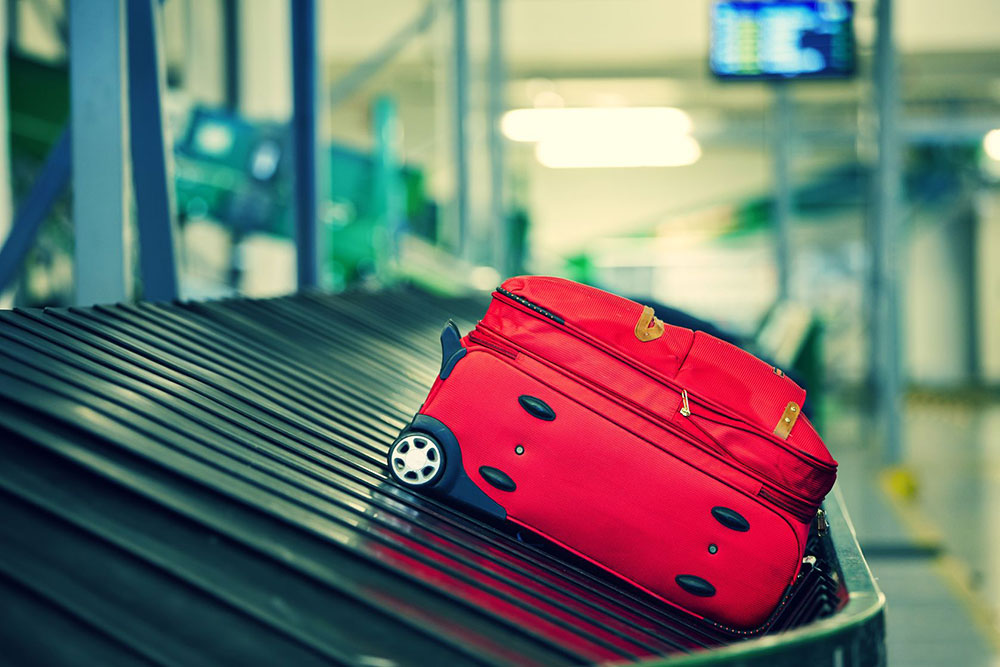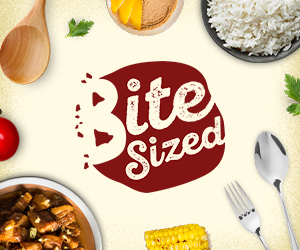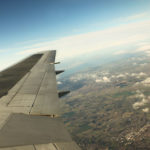How to Pack Your Carry-on Like a Pro
Easy peasy.
by Aubrey David | June 10, 2015
Save yourself a lot of trouble and inconveniences at the airport by arming yourself with these carry-on rules.
Have one bag to rule them all.
Most airlines allow one piece of carry-on luggage. Your best option is a backpack as it is compact, easy to carry, and versatile. Some airlines allow one gear bag for electronics (like laptops and cameras) and a shopping bag.
Your bag should weigh less than 7KG
All major airlines have a limit of 7kg per carry-on.
The International Air Transport Association’s (IATA), which represents 250 airlines (84% of total air traffic in the world) also states that overhead bin luggage should have a maximum length of 22 inches, width of 18 inches, and depth of 10 inches.
Business Class and First Class passengers are more lucky. These sections can have double the Economy allowance. Cathay Pacific, for instance, allots 10kg to Business and 15kg to First Class.
There’s no standard weight for carry-on bags used by major airlines. You have to go to the website of your airline to get the specific size limits.
You’re allowed to bring liquids, but…
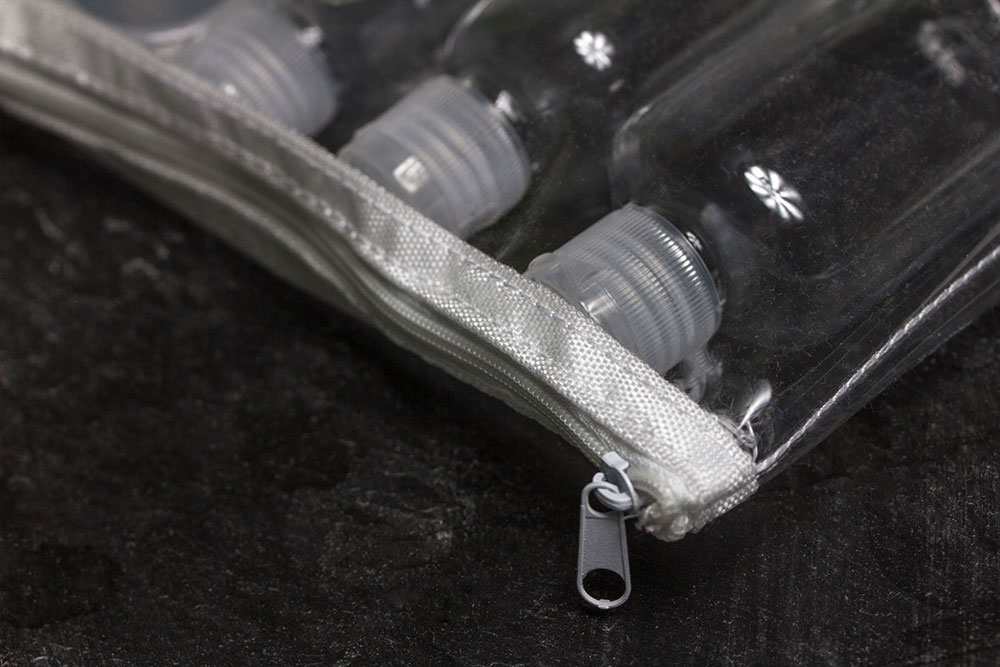
Pack your personal hygiene items in a clear resealable bag—your best bet is the quart-sized, freezer-safe variety. (Freezer-safe because the plastic’s thicker and less prone to tears.) Most airlines (as well as the TSA) have a limit of 3.4 ounces for all non-flammable liquids, gels and aerosols.
Exception: If you are traveling with a baby, you’ll be allowed to bring items like baby formula, breast milk and processed baby food with you. All you need to do is declare the items to the airline or screeners.
Only two types of sharp objects are allowed on the plane.
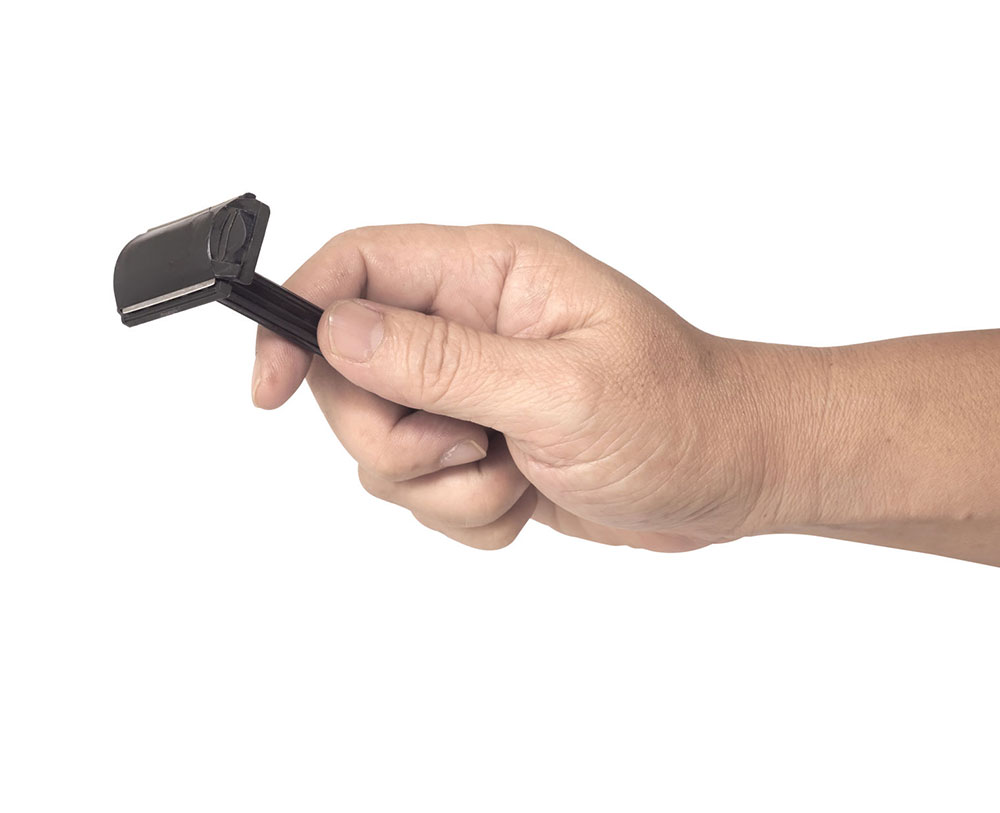
This rule depends on the airline and airport. The Ninoy Aquino International Airport, for instance, follows the IATA standards—you can’t have knife-like objects, box cutters, corkscrews and straight razors in your carry-on.
The US-based Transportation Security Association (TSA) allows two types of sharp objects: (1) disposable razors (with their cartridges), and (2) metal scissors with pointed tips and blades shorter than 4 inches. but if these can wait, it’s best if you just store them in your checked luggage. Sharp objects like cutters, knives, ice axes and meat cleavers are not allowed on the plane but can be checked in.
Self-defense items are also not allowed on board. All types of weapons and self-defense items aren’t allowed on the plane. This includes billy clubs, black jacks, brass knuckles, kubatons, night sticks, nunchucks, stun guns and throwing stars. All of these, however, are allowed to be stored in your checked-in luggage, provided that they are sheathed or securely wrapped.
Leave your yogurt at home.
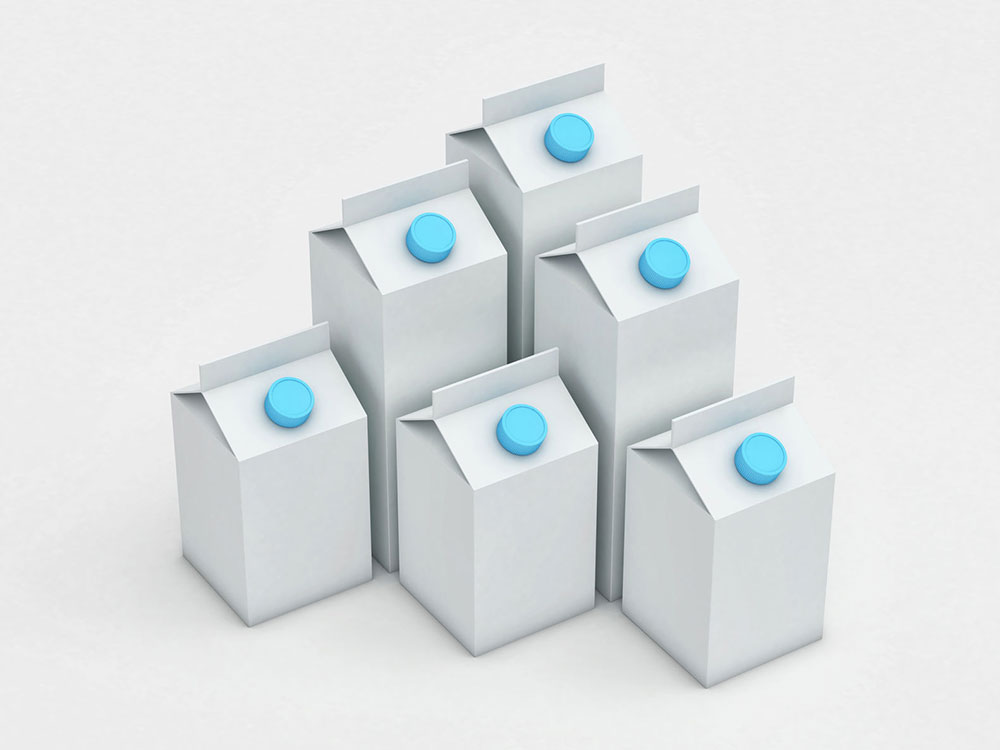
Food and drinks that you pack in your carry-on (or buy before passing the security checkpoint) with gel-like consistencies like yogurt, spreads, sauces and smoothies are not allowed, but you can store them in your checked luggage.
Electronic devices are allowed on the plane.

Electronic devices like mobile phones, laptops, tablets, cameras and music players are all allowed on the plane. The airline will inform you during the flight when you can and can’t use them.
This article is based on the rules of The International Air Transport Association (IATA) and the Transportation Security Administration (TSA). Remember that it’s your responsibility as a passenger to be aware of the specific rules in your destination.




